Time needed: 10 minutes
In this exploration, we delve into crucial aftermarket accessories that play a pivotal role in fostering safe and responsible off-roading experiences. “How to Be Prepared to get unstuck” becomes a central theme as we navigate through accessories aimed at enhancing your 4-wheel drive’s preparedness for diverse terrains and trail challenges. Safety takes the forefront, ensuring you are well-equipped for any difficulty. Simultaneously, responsibility is emphasized by upgrading to minimize environmental impact, underlining our commitment to ensuring a secure journey and leaving minimal trace on the landscape.
-
Kinetic Recovery Rope
Besides a tool kit, map(s), and some primary emergency items, the three most vital things to have when traveling the backcountry trails and roads are:- Frame-mounted tow hooks, one in front and one in back. A Class III receiver hitch mounted in back counts.
- A kinetic recovery rope as long as 2″ x 30′ long, the type with loops on the end, instead of hooks. Hooks are for towing, not recovery.
- A Hi-Lift jack with attendant hardware.
I’ll explain everything? Just hold on a doggone minute! For instance, you are driving a backcountry trail and you accidentally slide into a deep rut and unfortunately get stuck. Yes, it’s that easy! Do you:
- a) Give up, walk out and try to find a tow truck (for about $400);
- b) Grab an old blanket and throw them under the tires hoping it’ll work;
- c) Ask your partner to push on the bumper;
- d) Have a practical plan and suitable equipment to get unstuck and move on merrily on your way?
I like d), don’t you? Large tow bills, spinning tires only digging you deeper, getting your family and friends muddy, or straining aback, all make being prepared and having the right equipment look like the best alternative.
If another truck shows up, or you are traveling with a buddy, the recovery rope comes in handy. You should not wrap a rope or any other recovery tool around the stock bumper, your steering components, springs, spring hangers, or axles. Only use a frame-mounted tow hook, or make use of a short sling and tuck it up around the frame, keeping away from wires and hoses. After that, you should connect it to the recovery rope with a fitting“D” shackle. The other vehicle can then yank you out. The strap absorbs the impact, enabling the yank motion.
Never use a chain, underrated rope, or worn strap. Don’t use ball hitches. I’ve seen people yank bumpers off, use dog chain leads and clotheslines, all to no good. I’ve seen trailer ball hitches go through radiators and break a cylinder head. The square tube of the Class III receiver hitch will accommodate the looped end of the recovery strap. Slide it in and use the pin that comes with the hitch to hold the loop.
-
Hi-lift Jack Winching
The Hi-Lift Jack and accessories can be used as a hand winch too. An average Hi-Lift Jack is rated at 7000# and can be used to lift the vehicle not to mention hand winch it out. But I strongly suggest you not get in a situation like that and be prepared to get unstuck with the Best Offroad Winch for the Money reviewed on my website. -
Winch Ground Anchor
By connecting the jack between the vehicle and the Best Ground Anchor for Winch point, using properly rated slings and chain, you can pull the vehicle out, either forward or backward.Don’t try to use a recovery strap with this method. The strap stretches too much. For this method, you will need two slings (2″ x 8′), 25 feet of chain, and three 3/4″ “D” shackles to start with. All the hardware should be rated at a higher capacity than the jack. Most 4-wheel drive shops or an industrial hardware supply company will carry the needed items.
-
Using Traction Boards Effectively
Traction boards, also known as recovery boards or sand ladders, are portable, rugged, and lightweight devices designed to provide traction and grip when a vehicle loses traction on challenging terrain. They are typically made of durable plastic or composite materials and feature a series of raised, rugged ridges or treads on their surface.- Assess the situation: When your vehicle gets stuck, carefully evaluate the conditions and identify the wheels that have lost traction. This will help you determine where to place the traction boards for optimal results.
- Clear the area: Remove any loose debris, mud, or snow from around the wheels to provide a clean surface for the traction boards. This will ensure better contact and grip between the boards and the tires.
- Position the boards: Position the traction boards in front of or behind the wheels, depending on which ones have lost traction. Align them parallel to the direction of travel and ensure they are securely in place.
- Engage low gear and traction control: Engage low gear on your vehicle and activate any available traction control systems to optimize power delivery to the wheels. This will help maximize traction and prevent further spinning of the wheels.
- Slow and steady: Apply gentle and steady pressure on the accelerator while driving onto the traction boards. Avoid sudden or aggressive movements to prevent any damage or loss of traction.
- Momentum and recovery: Once the vehicle gains traction on the boards, maintain a steady momentum to safely exit the obstacle. Once clear, remove the boards from beneath the tires and store them securely.
Whether you’re an adventurous off-roader, a frequent traveler, or someone who lives in an area with harsh weather conditions, getting stuck can be a frustrating experience. However, being prepared with the right tools can make all the difference. Happy off-roading, don’t be a stick-in-the-mud!


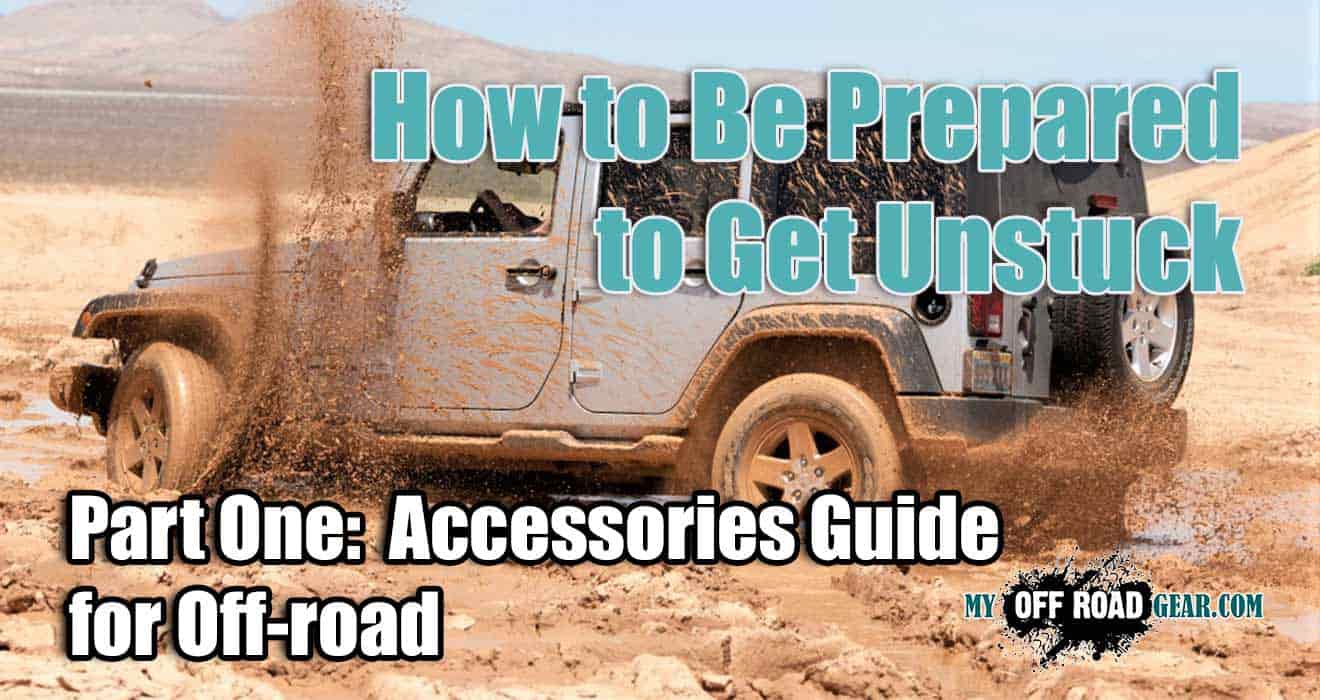
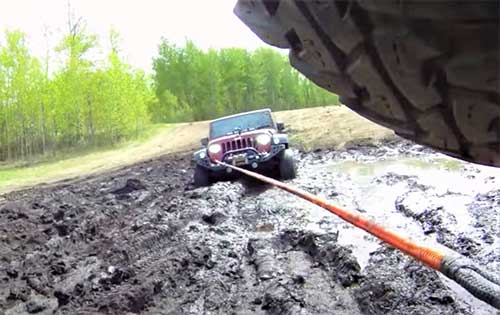

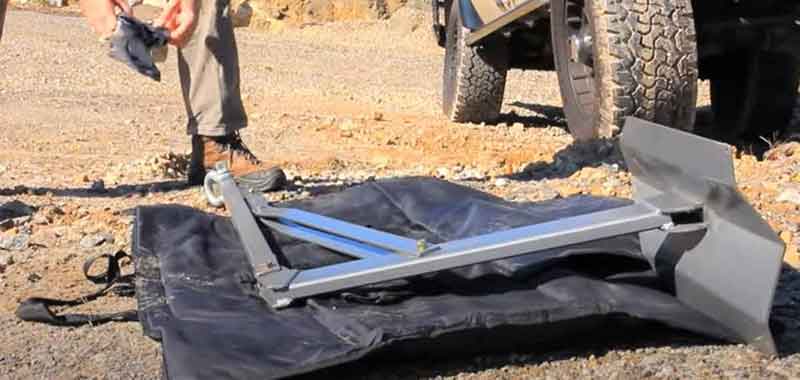
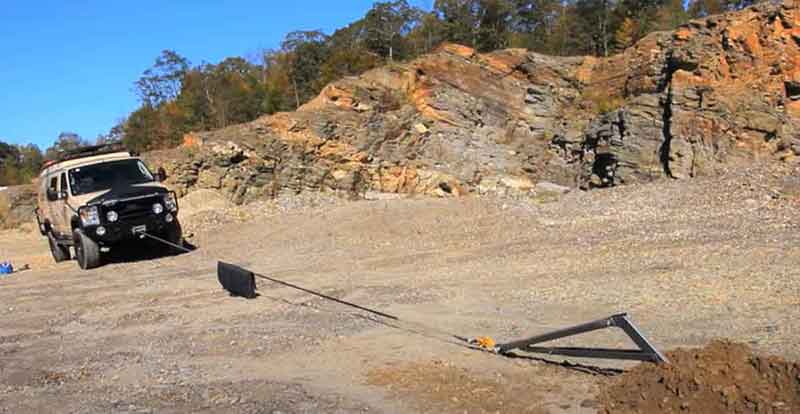
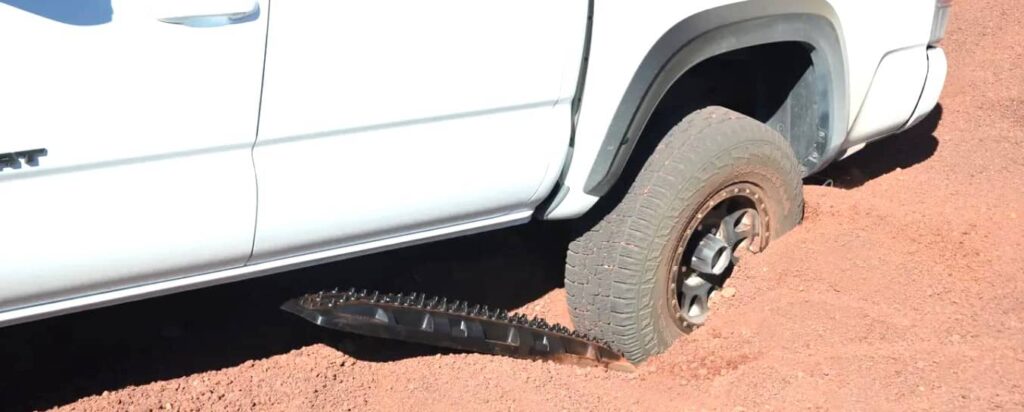
I’ve experienced being stuck in mud before, and it’s no fun! The section on using recovery boards and traction aids caught my attention. I’d love to hear more about different types of recovery boards available and their pros and cons. Any recommendations for specific brands?
I’m glad the section on recovery boards caught your attention. You can find some information about different types of recovery boards and their pros and cons in my Best Traction Boards Review.